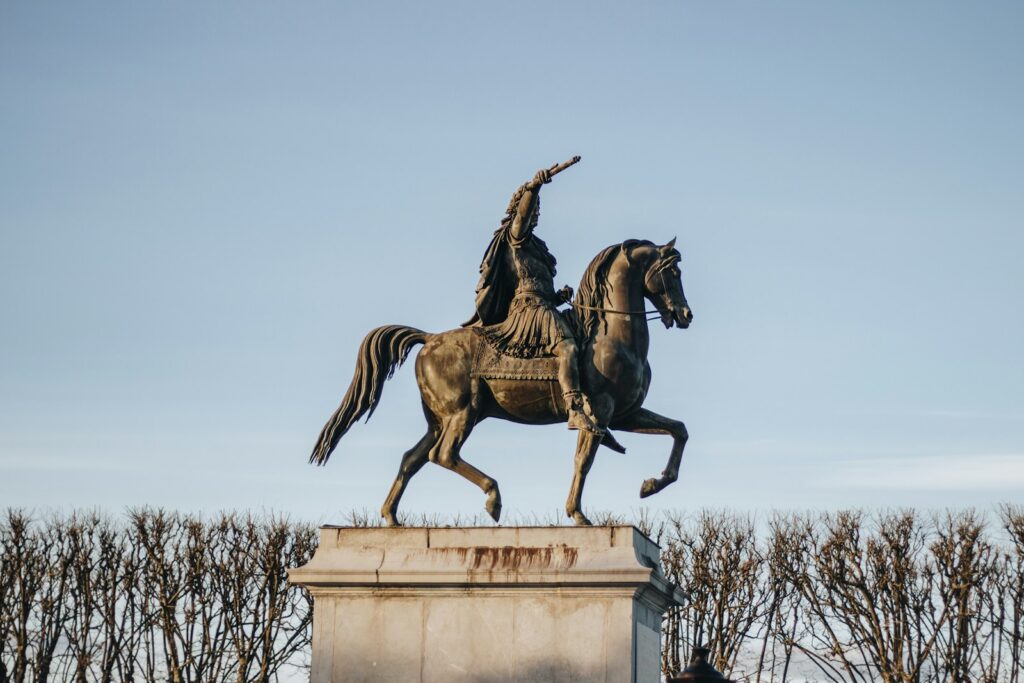In the sprawling landscapes of feudal Japan, where social hierarchy dictated every aspect of life, certain possessions transcended mere utility to become powerful symbols of status and prestige. Among these, perhaps none was more significant than the horse. These magnificent creatures evolved from practical military assets into profound emblems of power, wealth, and nobility that could elevate or confirm one’s standing in Japanese society. The relationship between Japanese nobility and their equine companions reveals a fascinating intersection of practical necessity, cultural development, and social stratification that defined much of Japan’s pre-modern era. From the battlefields that shaped the nation to the elaborate ceremonial processions that displayed its social order, horses played a central role in establishing who held power in feudal Japanese society.
Early Introduction of Horses to Japan
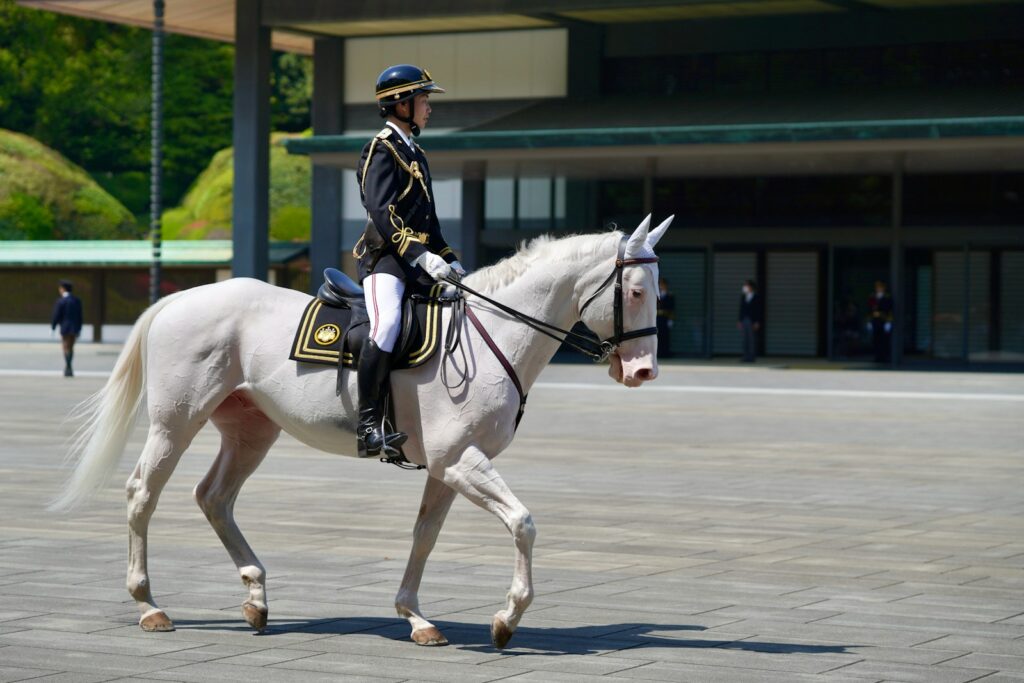
Horses were not native to the Japanese archipelago, arriving instead through continental Asian connections during the Kofun period (300-538 CE). Archaeological evidence, including haniwa tomb figurines depicting horses and riders, suggests that these animals initially came from Korea and China, bringing with them not just the animals themselves but also riding technology and equestrian culture. The earliest horses in Japan were primarily small breeds, similar to Mongolian horses, with sturdy builds well-suited to Japan’s mountainous terrain. Their introduction represented not merely the arrival of a new animal species but signaled Japan’s growing connection to mainland Asian cultural and military developments that would profoundly shape its development.
Military Importance and the Rise of the Samurai
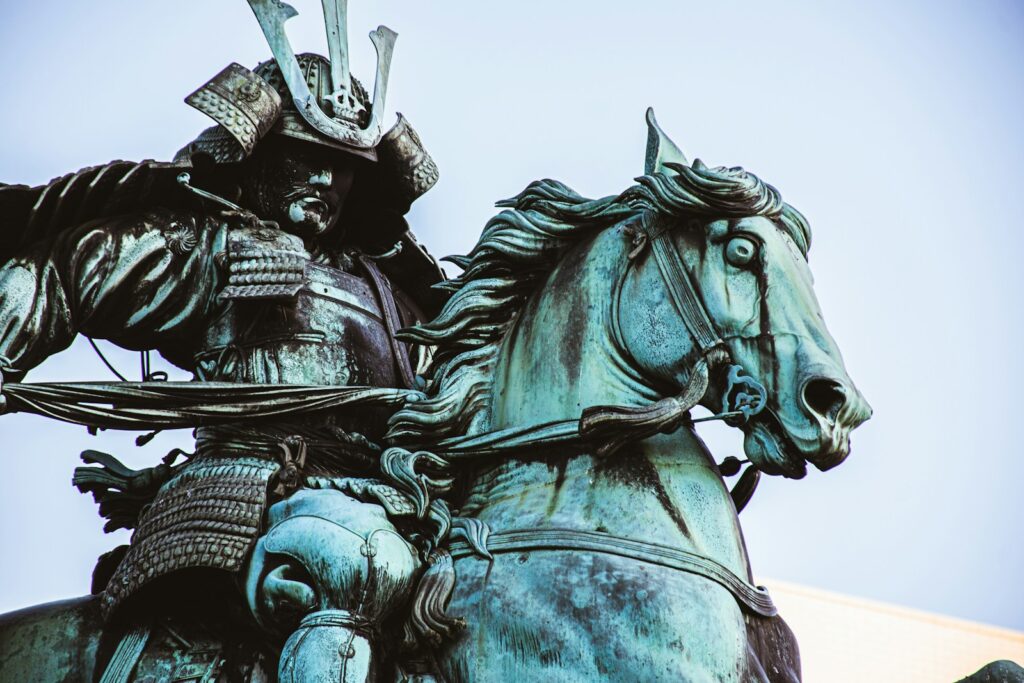
The military value of horses transformed Japanese warfare and contributed directly to the rise of the samurai class during the Heian period (794-1185). Prior to mounted warfare, Japanese conflicts were largely infantry-based, with aristocratic commanders directing from a distance, but horses enabled a new form of direct combat leadership. Mounted warriors could move swiftly across battlefields, launch devastating charges, and retreat quickly when necessary – tactical advantages that fundamentally altered military strategy. The specialized skills required for mounted archery (yabusame) and combat created a distinct warrior class who took pride in their horsemanship and fighting abilities. As the samurai rose to prominence, their identity became inextricably linked with their horses, which served as both faithful companions in battle and visual representations of their martial status.
The Horse as Economic Investment
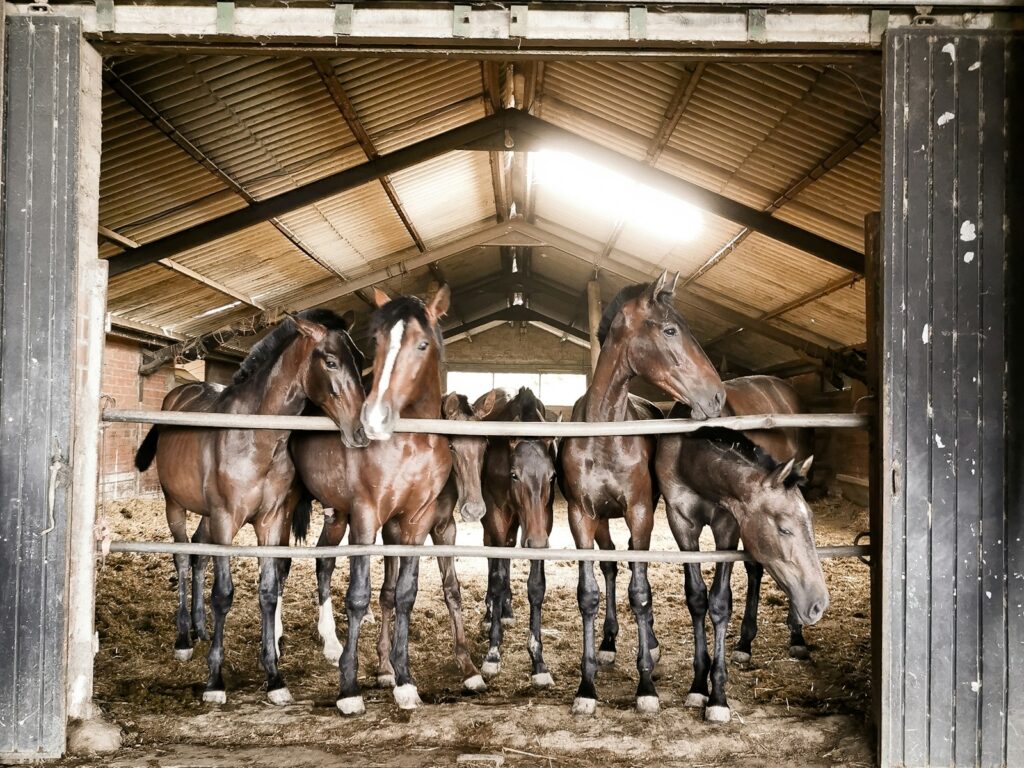
Acquiring and maintaining horses in feudal Japan represented a significant economic undertaking that naturally restricted ownership to the wealthy and powerful. The costs began with the acquisition price, which could be prohibitively expensive for common people, especially for superior breeds imported from the mainland. Beyond purchase, horses required substantial resources for upkeep including dedicated pastureland, specialized feed during winter months, stabling facilities, and specialized equipment like saddles and decorative trappings. The need for dedicated caretakers, grooms, and trainers added further to the expense, turning horse ownership into a continuous financial commitment. This economic reality meant that extensive horse ownership, particularly of quality animals, became a tangible demonstration of sustained wealth that few outside the nobility and samurai elite could achieve.
Breeding Programs and Prized Bloodlines
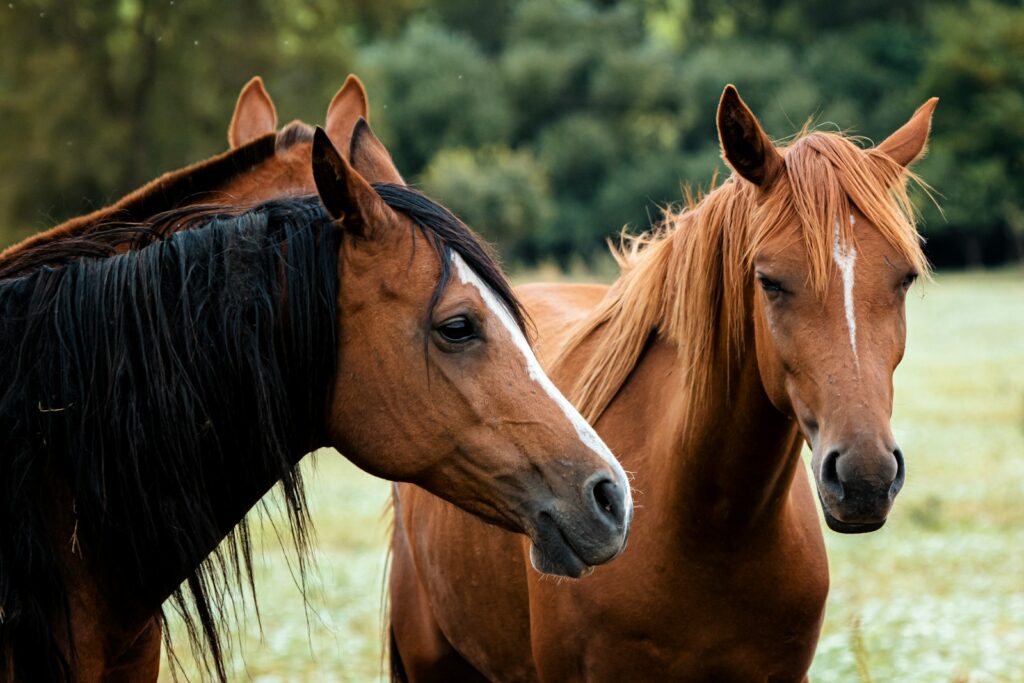
By the Kamakura period (1185-1333), sophisticated horse breeding programs emerged throughout Japan, creating distinct bloodlines that became highly prized possessions of powerful clans. Regional lords (daimyo) established specialized breeding facilities known as “basha” where carefully selected horses were paired to emphasize desirable traits like speed, strength, endurance, and even aesthetics. The most prestigious bloodlines were meticulously documented with detailed pedigrees and genealogical records that could trace lineage back through many generations. Particularly renowned were the horses from the Tohoku region, especially those from Nambu and Akita, which developed sturdy, cold-resistant breeds that excelled in warfare. Owning horses from celebrated bloodlines conveyed not just wealth but discernment and connections to the networks of power that controlled these valuable breeding operations.
Ceremonial and Processional Functions
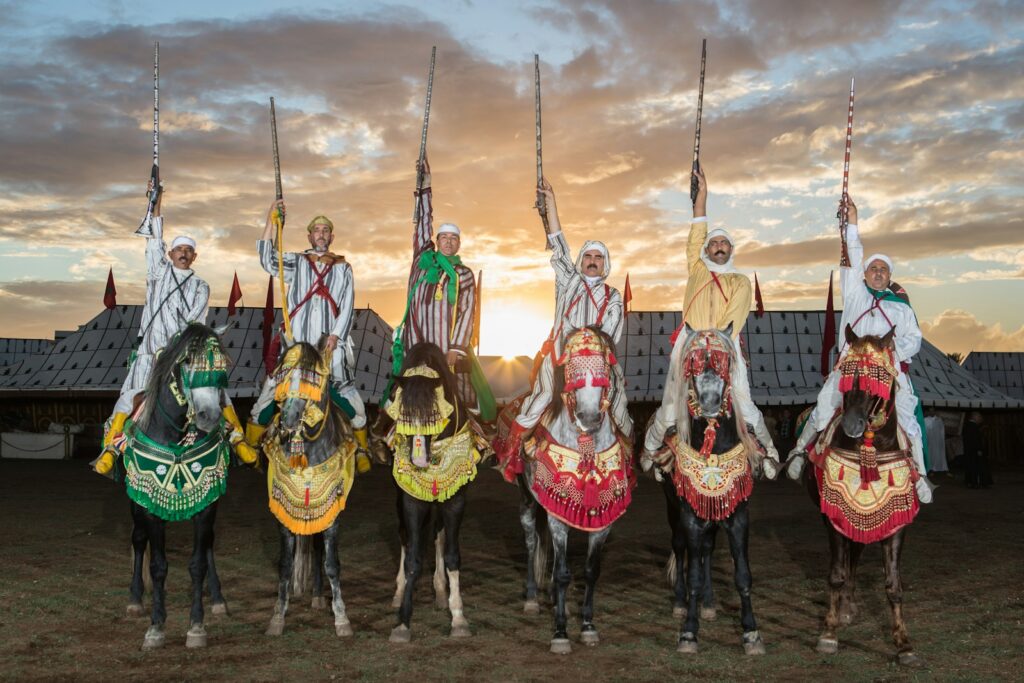
Beyond warfare, horses took center stage in elaborate ceremonies and processions that visually demonstrated Japan’s social hierarchy to all observers. The most spectacular example was the daimyo procession (daimyo gyoretsu), part of the alternate attendance system (sankin-kotai) instituted by the Tokugawa shogunate, which required lords to regularly travel between their domains and the capital. These grand processions could include dozens or even hundreds of horses, elaborately decorated with ornate saddles, decorative headgear, and ceremonial trappings that advertised the lord’s wealth and status. The quality, number, and appearance of horses in such processions became a carefully calibrated expression of power relationships, with strict protocols dictating who could display which type of horse equipment based on their rank. These public displays transformed horses from private possessions into public demonstrations of legitimate authority within the feudal order.
Horse Accoutrements as Status Indicators

The elaborate equipment and decorations associated with horses became their own specialized status symbols within Japanese material culture. Saddles (kura) were particularly significant, featuring lacquered wooden frames often inlaid with mother-of-pearl, gold leaf, or intricate designs that indicated the owner’s lineage and status. Stirrups (abumi) were frequently made of iron or bronze, sometimes inlaid with precious metals or featuring clan crests (mon) that identified the rider’s family affiliations. Decorative horse masks (bamen) and frontlets protected the animal while showcasing exquisite craftsmanship with embossed metal, intricate textile work, and sometimes intimidating designs meant to project martial prowess. The level of craftsmanship and materials permitted in these accoutrements was strictly regulated according to social rank, creating a visual language of status that was immediately recognizable to Japanese society.
Horse Gifts and Political Relationships
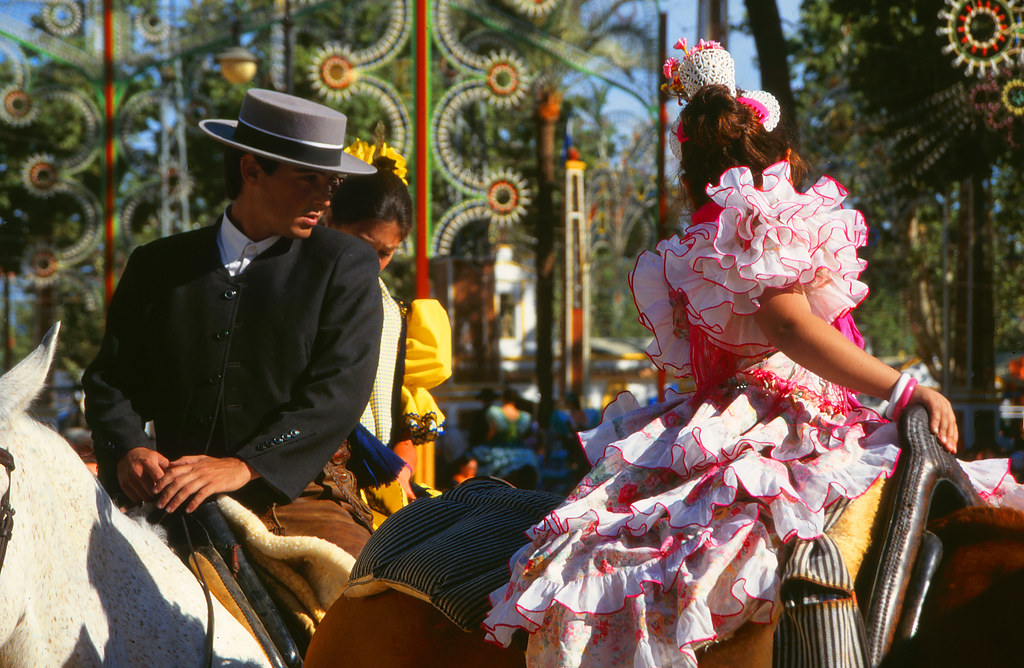
The gifting of horses became a sophisticated diplomatic tool within Japan’s complex web of political alliances and obligations. Presenting a fine horse to a superior demonstrated respect and loyalty while acknowledging the hierarchical relationship between giver and recipient. Conversely, when a lord bestowed a horse upon a retainer, it represented not just material reward but a public confirmation of favor that enhanced the recipient’s standing among peers. Particularly special horses sometimes accompanied major life events or commemorations, such as coming-of-age ceremonies, military victories, or succession to leadership positions. The quality and significance of the horse matched the importance of the relationship being honored, with the most exceptional animals reserved for the most crucial political connections. In this way, horses functioned as living embodiments of the intricate bonds of obligation that structured feudal Japanese society.
Religious and Cultural Associations
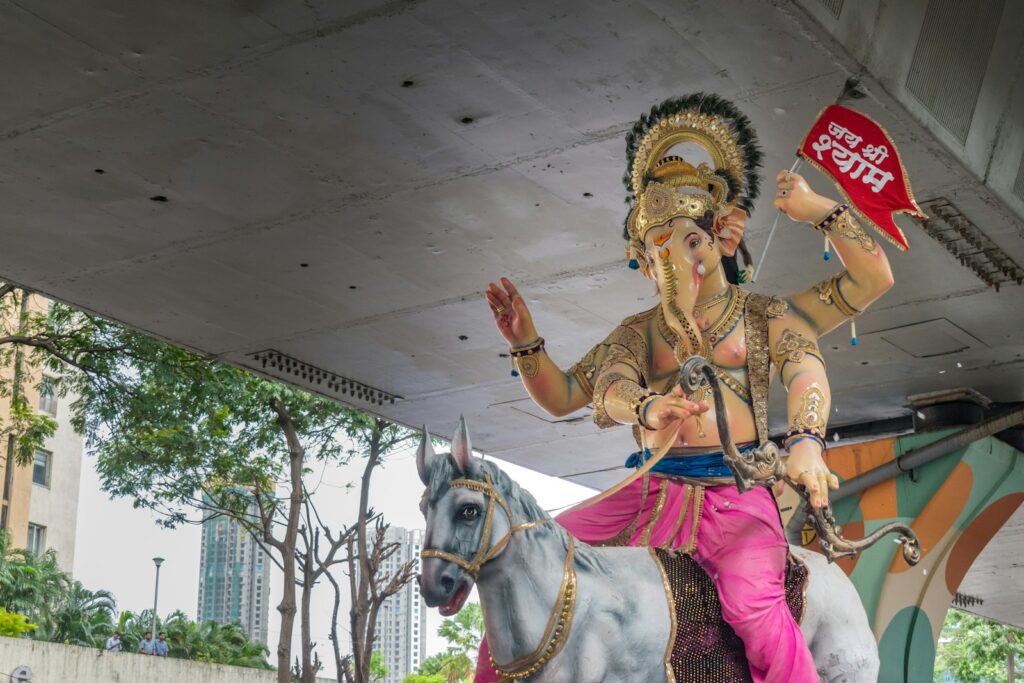
Horses gained additional prestige through their important associations with Shinto, Buddhism, and other cultural traditions in Japan. White horses were especially revered, considered divine messengers in Shinto belief and often donated to major shrines where they were kept as living sacred objects (shinme). The famous Kamakura period tale of the loyal warrior Genzō sacrificing his prized horse to save his lord illustrated how horses had become embedded in Japanese concepts of loyalty and noble sacrifice. Annual rituals like horse races at shrines (kurabeuma) demonstrated the integration of horses into religious festivals while showcasing the riding abilities of elite participants. These cultural associations elevated horses from mere possessions to beings with spiritual significance, making their ownership a connection not just to temporal power but to divine and cultural authority as well.
Regional Horse Markets and Trading
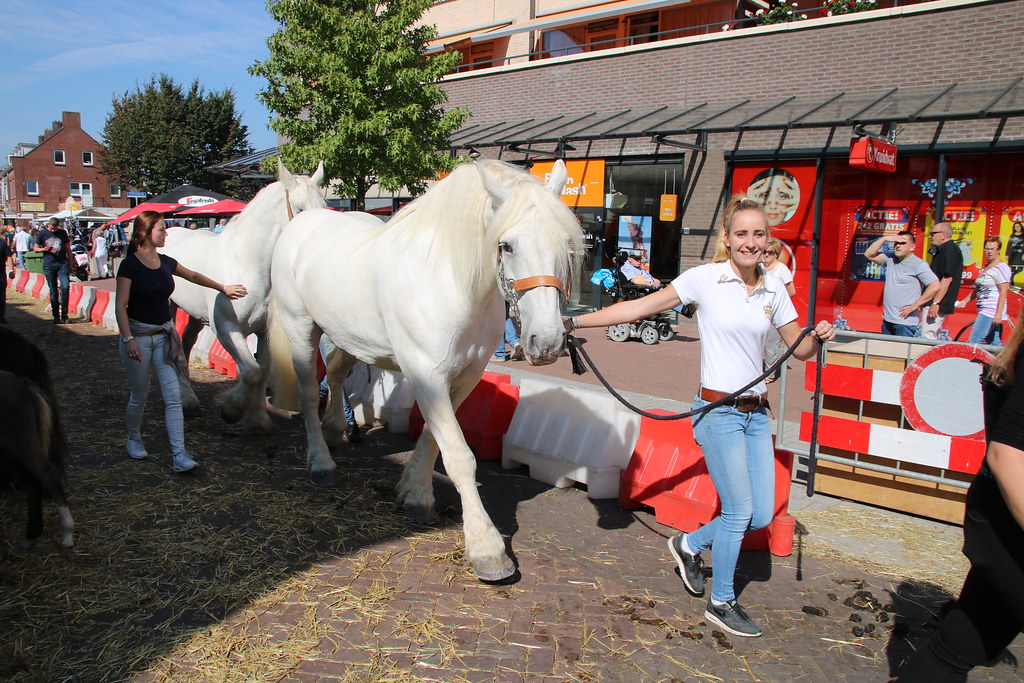
Specialized horse markets developed throughout Japan, becoming important economic and social hubs where the complex valuation of horses as status symbols played out in commercial transactions. The most renowned markets, like those in Kogane (modern Tokyo area) and parts of northeastern Japan, attracted buyers and sellers from great distances who came to assess, negotiate, and acquire horses of particular bloodlines or characteristics. Professional horse dealers (bakurō) emerged as specialized intermediaries who assessed quality, negotiated prices, and sometimes maintained networks of clients seeking specific types of horses. The transactions at these markets were governed by elaborate protocols and specialized knowledge about conformation, bloodlines, and performance that only the initiated fully understood. For elites, the ability to navigate these specialized markets with confidence and discernment itself became a mark of cultural refinement and insider status.
Horse Portraiture and Artistic Representation
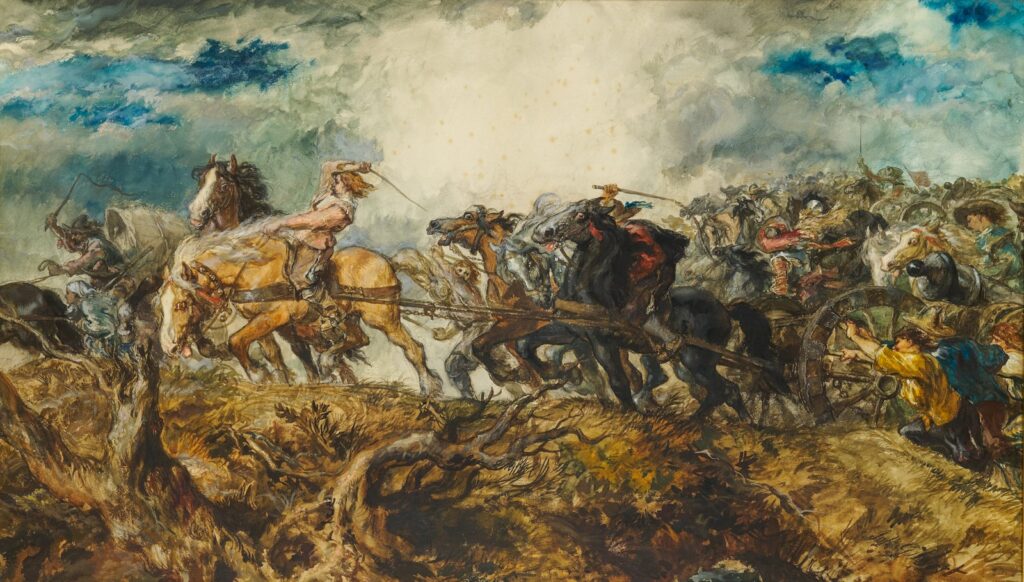
The importance of horses in elite culture generated a specialized artistic tradition of equine portraiture that commemorated particularly valued animals. Commissioned paintings of famous horses (known as ema when dedicated at shrines) preserved the appearance and reputations of exceptional animals, sometimes accompanied by detailed inscriptions noting their lineage, achievements, and owners. These artistic representations appeared not just in paintings but across multiple media including screen paintings, scrolls, lacquerware, sword fittings, and even architectural elements. Particularly renowned was the tradition of “Kiso horse portraits” depicting the prized horses of the Kiso Valley, which were celebrated for their strength and hardy nature. Such artistic commemorations ensured that exceptional horses achieved a kind of immortality, continuing to enhance their owners’ prestige long after the animals themselves had died.
Horses and Samurai Identity
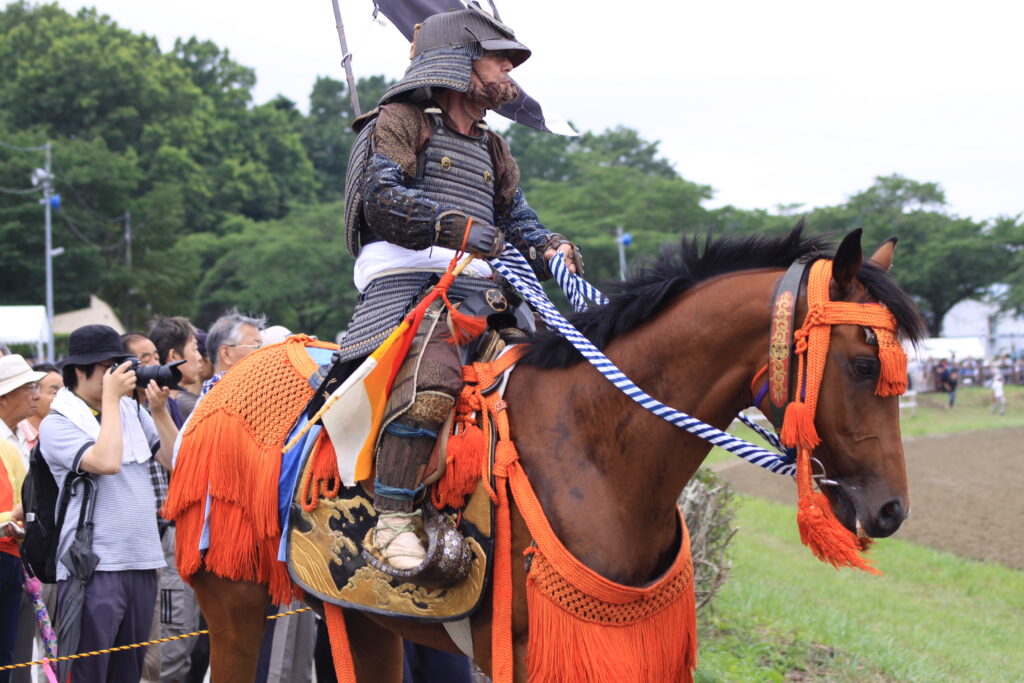
Perhaps nowhere was the horse more central to status than in the formation of samurai identity, where horsemanship became inseparable from warrior ideals. From childhood, samurai sons were trained in riding, developing an almost symbiotic relationship with their mounts that distinguished them from common people who rarely rode. The mounted archer represented the ideal samurai warrior, requiring years of disciplined practice to master the complex coordination of riding and shooting simultaneously. Famous warrior tales like the “Tale of the Heike” frequently mentioned warriors’ horses by name, attributing to them personalities and qualities that reflected upon their riders’ character. As warfare evolved, the horse remained central to samurai identity even when its battlefield utility diminished, transforming from tactical necessity into cultural touchstone that distinguished true warriors from mere fighters.
The Tokugawa Period and Formalization of Horse Status
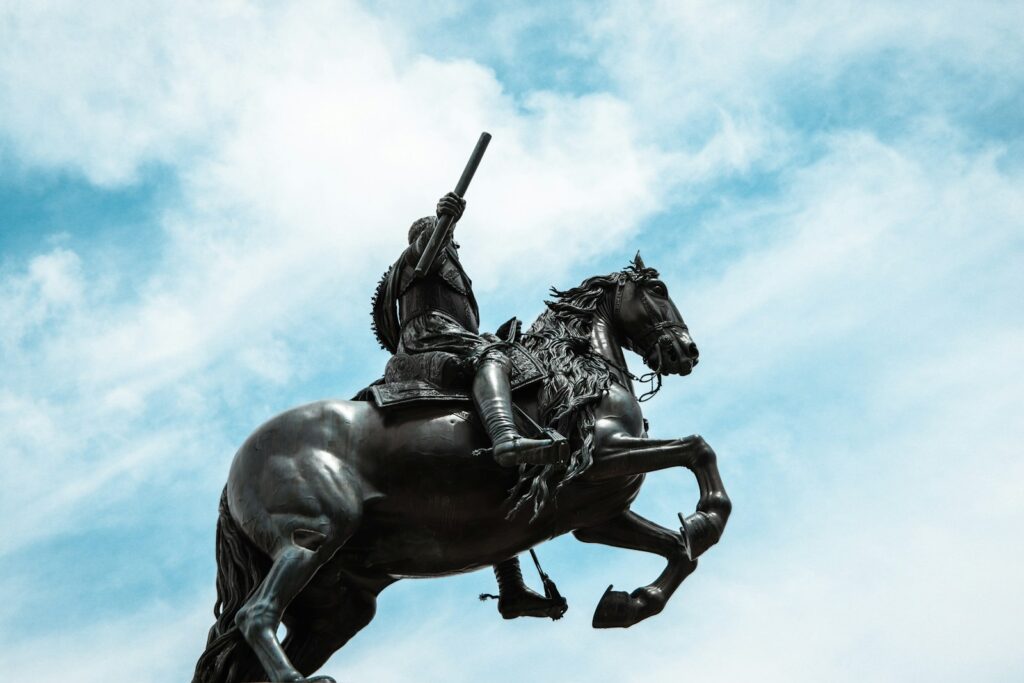
During the Tokugawa period (1603-1868), the status symbolism of horses reached its most elaborate and formalized expression within a highly stratified society. The shogunate issued detailed regulations specifying exactly what type of horse equipment people of different ranks could use, down to the materials, designs, and ornamentation permitted to each social level. Annual horse competitions and exhibitions sponsored by daimyo and the shogunate provided public venues where equestrian accomplishments could be demonstrated and recognized. The sankin-kotai system, requiring lords to maintain residences in Edo and their home domains, necessitated regular processions between these locations where horses figured prominently as visible markers of authority. This period saw the horse transformed from a primarily military asset into a highly regulated cultural symbol thoroughly integrated into the complex status performance that characterized Tokugawa society.
Legacy and Modern Echoes
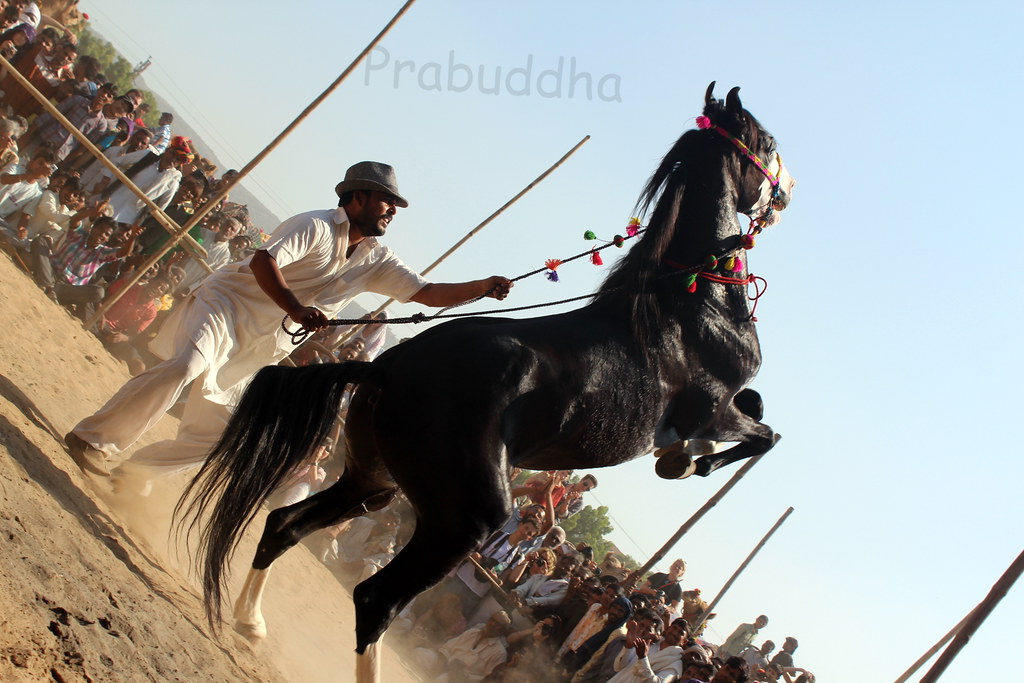
Though Japan’s modernization following the Meiji Restoration (1868) dramatically changed the role of horses in society, echoes of their status significance persist in contemporary Japanese culture. Traditional horseback archery (yabusame) performances continue at historical shrines, attracting large crowds to witness this connection to samurai heritage. The Imperial Household still maintains stables with horses for ceremonial functions, connecting modern institutional practice to historical precedent. Regional horse festivals throughout Japan celebrate local breeds and equestrian traditions, often with a strong tourism appeal based on historical nostalgia. Even in Japan’s contemporary social hierarchies, subtle references to historical horse culture occasionally appear in business and political contexts, demonstrating how deeply this particular status symbol penetrated Japanese cultural identity. This enduring cultural memory suggests that horses achieved something rare among status symbols – a significance that transcended their practical utility to become embedded in national identity itself.
Conclusion
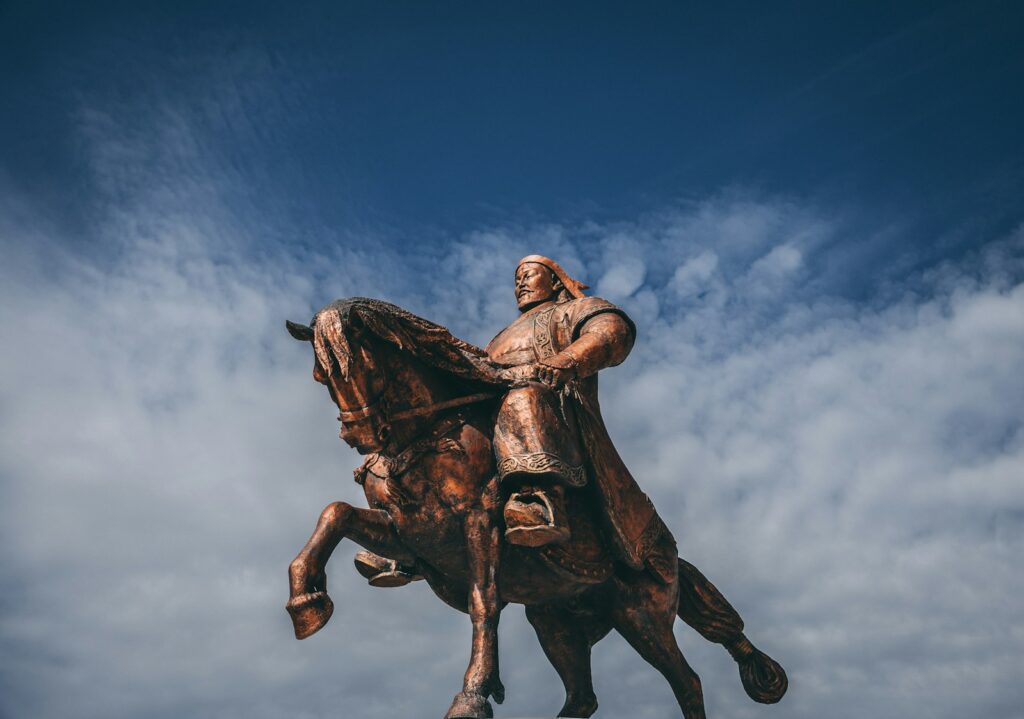
The evolution of horses from practical military assets to profound symbols of status in feudal Japan reveals much about how Japanese society structured its hierarchies and expressed its values. For centuries, these magnificent animals served as living emblems of power, wealth, and nobility – accessible primarily to elites who could afford their considerable costs while understanding the complex cultural codes they represented. Through military necessity, ceremonial display, artistic commemoration, and religious significance, horses became thoroughly interwoven with Japanese concepts of legitimate authority and social position. Their presence in processions, portraits, and prestigious bloodlines communicated messages about status that were immediately legible to all members of society. Even as Japan transformed through modernization, the cultural memory of horses as status symbols has persisted, demonstrating how this particular relationship between animal and human transcended mere utility to become a defining feature of Japanese historical identity.

